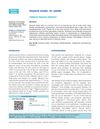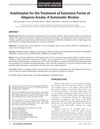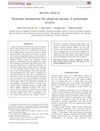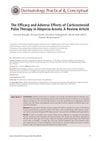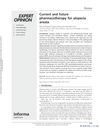A Comparison of the Efficacy, Relapse Rate, and Side Effects Among Three Modalities of Systemic Corticosteroid Therapy for Alopecia Areata
January 2007
in “
Yearbook of Dermatology and Dermatologic Surgery
”
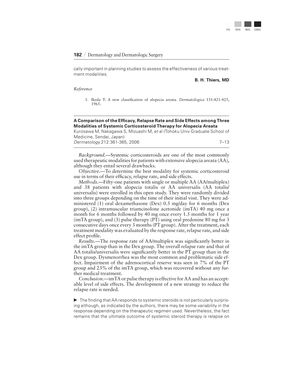
TLDR Intramuscular triamcinolone and pulse therapy with oral predonine are effective for alopecia areata with manageable side effects, but better relapse prevention is needed.
In a study from 2006, researchers compared the efficacy, relapse rate, and side effects of three systemic corticosteroid therapies for alopecia areata (AA). The study involved 51 patients with single or multiple AA and 38 patients with alopecia totalis or universalis. They were randomly divided into three groups: one received oral dexamethasone (Dex) daily for 6 months, another received intramuscular triamcinolone acetonide (imTA) monthly for 6 months followed by once every 1.5 months for a year, and the third group received pulse therapy (PT) with oral predonine every 3 months. The imTA group showed a significantly better response rate for AA/multiplex compared to the Dex group. The PT group had a significantly lower overall relapse rate for AA totalis/universalis compared to the Dex group. Side effects were acceptable, with dysmenorrhea being the most common. Adrenocortical reserve impairment was observed in 7% of the PT group and 23% of the imTA group, but it recovered without further treatment. The study concluded that imTA and PT are effective for AA with an acceptable level of side effects, but strategies to reduce the relapse rate are still needed.
